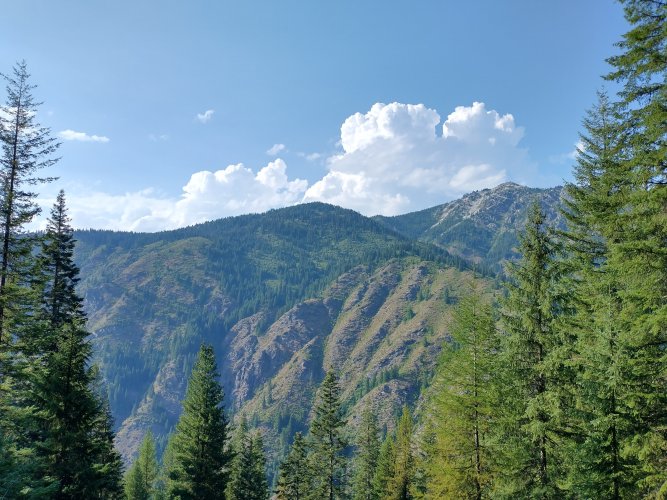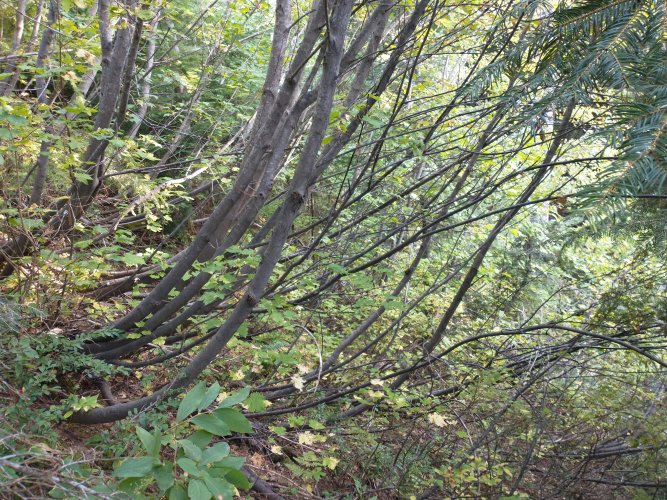westbranch
Well-known member
This article is mainly about the Clearwater/Panhandle but could probably apply it to NW MT as well from what I have seen and heard. these articles seem to come out every year going back several years and sometimes I wonder if any progress is actually being made. To have any sort of landscape scale impact it seems like it would take a huge increase in funding. The Panhandle and Clearwater national forests already have the two largest maintenance backlogs in the country. So it would take a ton of money and decades to have the impact needed. Will anybody agree to make the commitment? The small prescribed burns and other projects are nice but seem like a bandaid on a gunshot wound.
Most of the hunters with a platform (podcast or big social media following) out there keep saying the habitat is great and blame the drop in elk numbers on wolves. Wolves do not help and some of these areas are affected by a predator pit. But not sure how anyone could hike around these areas and say that the habitat looks great. When I have wandered around the CDA river, St Joe and NF Clearwater the last five years it looks like an overgrown mess. Find young growth shrubs and grasses and elk will be utilizing it. Impenetrable brush fields that are 8-20 ft tall are not going to get better by shooting more wolves.

 www.spokesman.com
www.spokesman.com
Most of the hunters with a platform (podcast or big social media following) out there keep saying the habitat is great and blame the drop in elk numbers on wolves. Wolves do not help and some of these areas are affected by a predator pit. But not sure how anyone could hike around these areas and say that the habitat looks great. When I have wandered around the CDA river, St Joe and NF Clearwater the last five years it looks like an overgrown mess. Find young growth shrubs and grasses and elk will be utilizing it. Impenetrable brush fields that are 8-20 ft tall are not going to get better by shooting more wolves.

Idaho's Clearwater elk barely eke out a living
Elk in a large swath of Idaho’s Clearwater Region continue to struggle from a mix of poor habitat conditions and predation from mountain lions, black bears and wolves.






